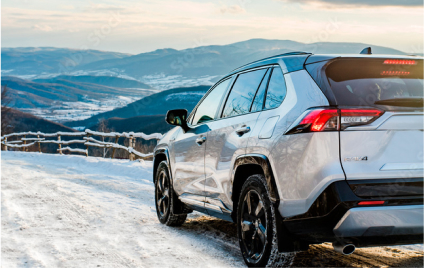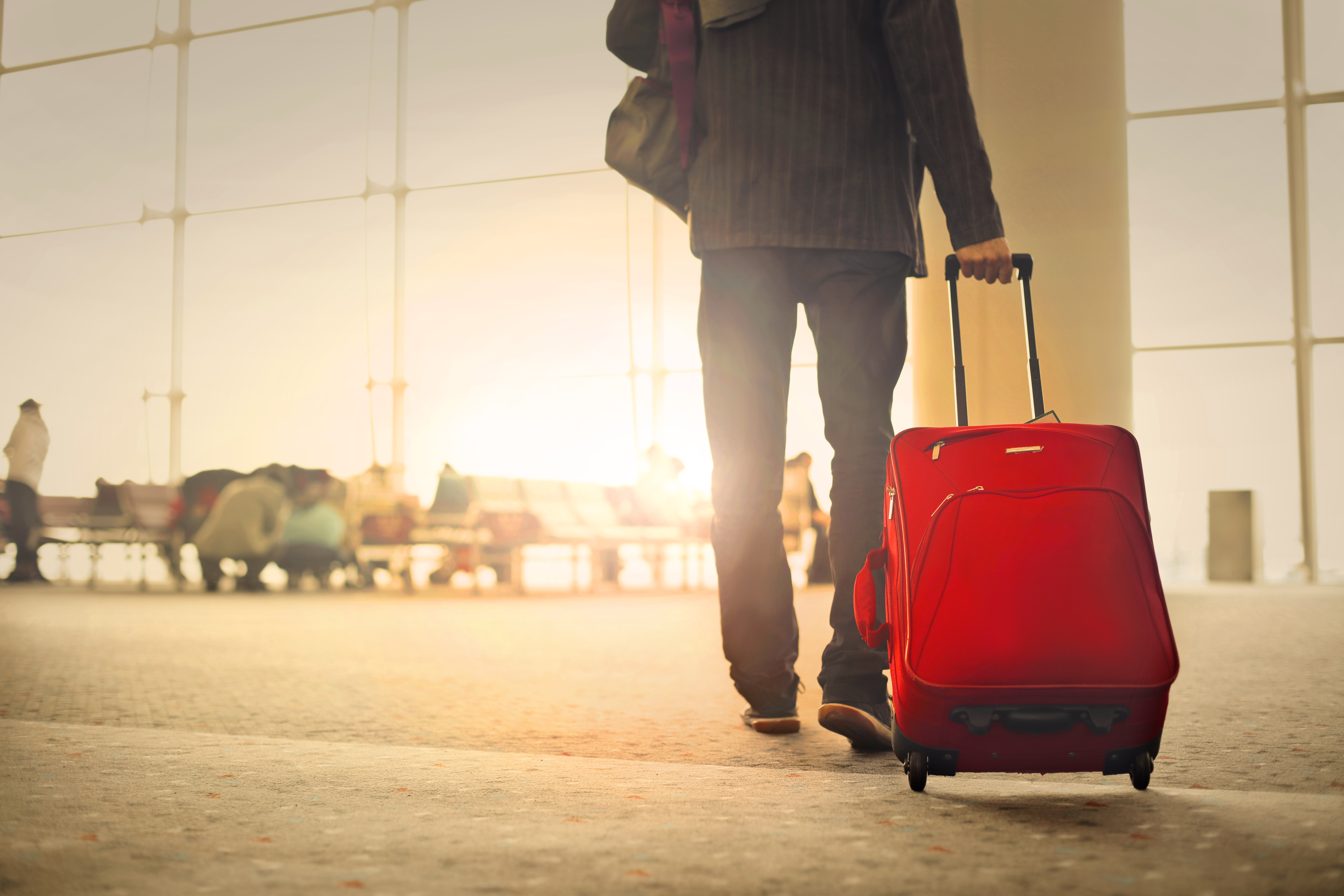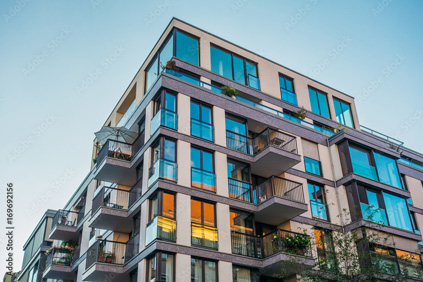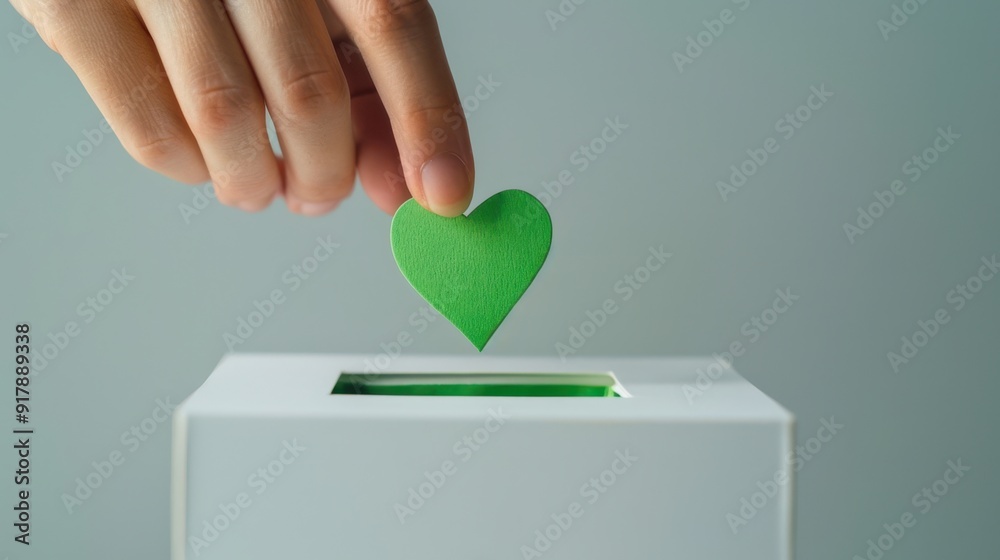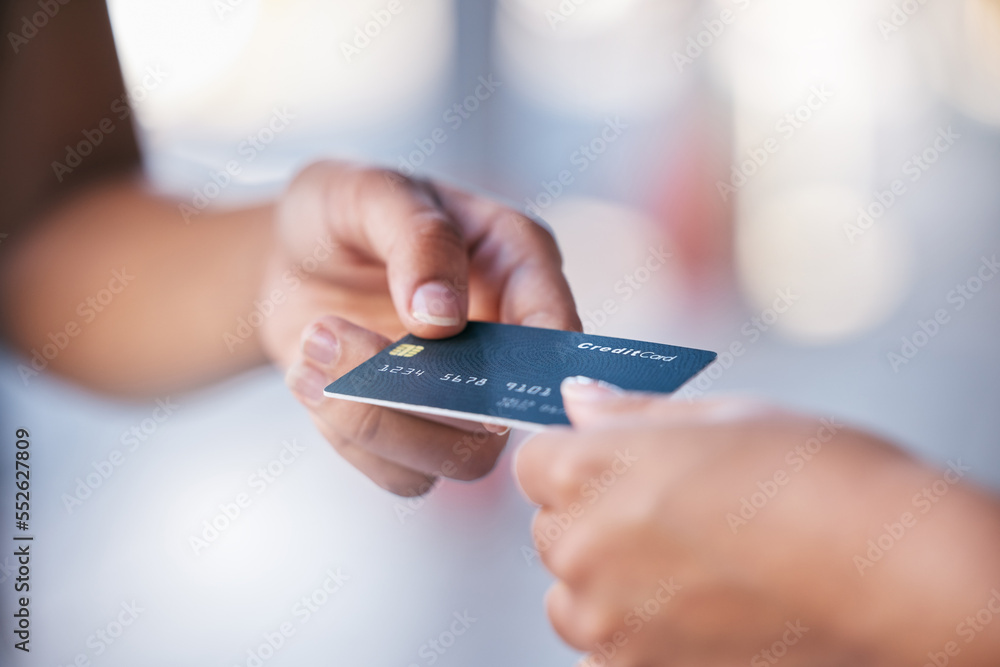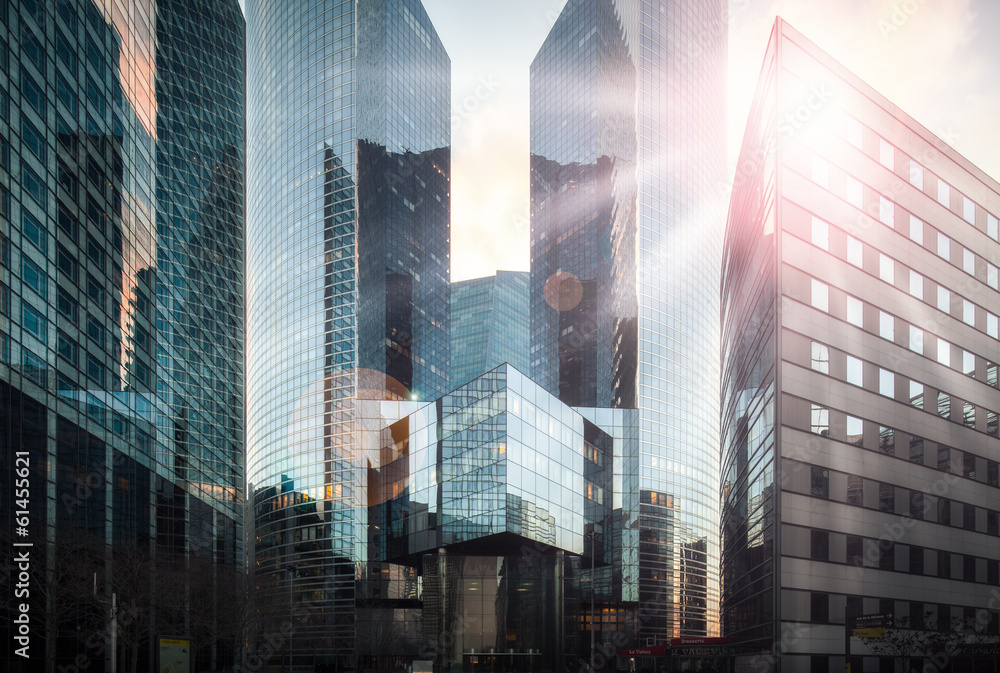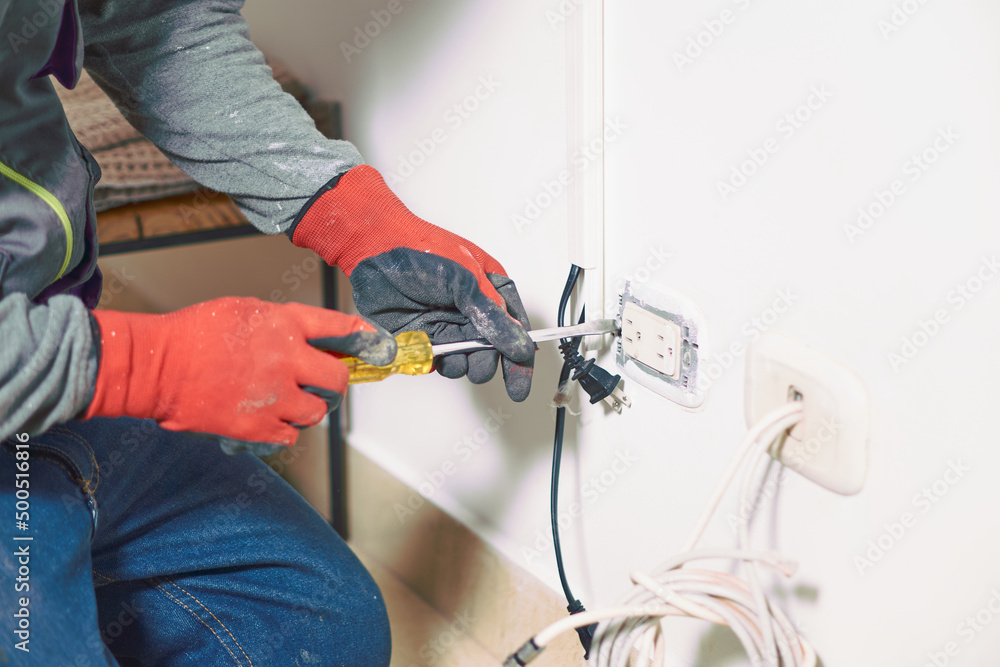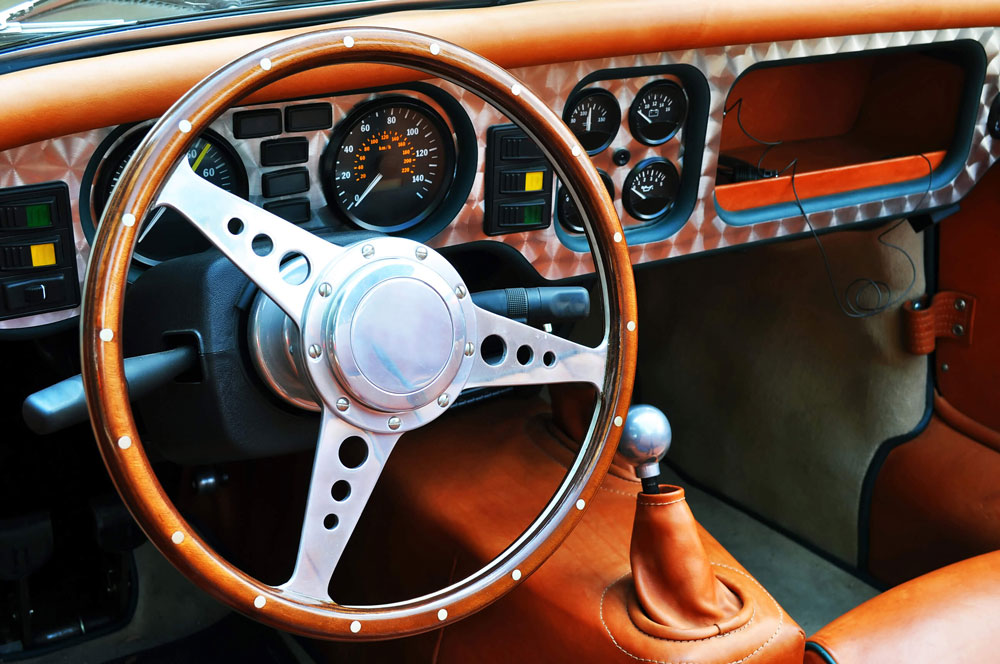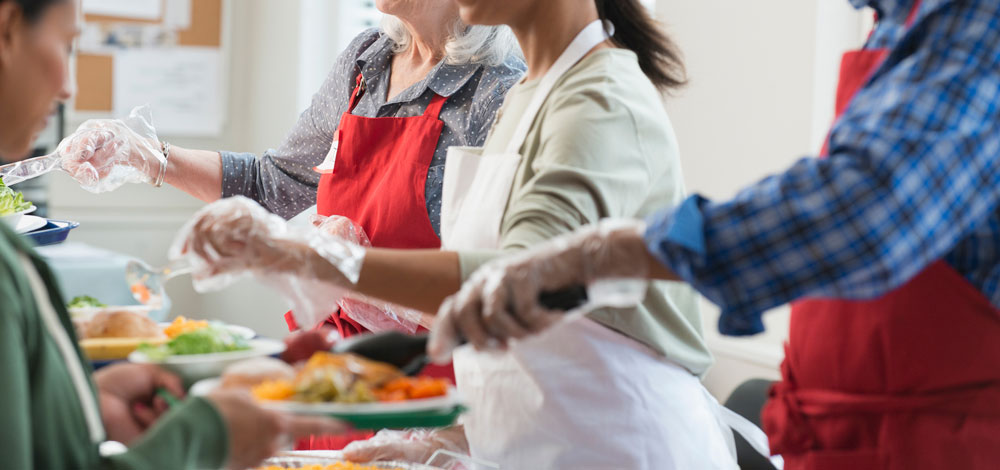
Death by Bicycle: 10 Ways it Could Happen
So it turns out it riding a bike can be pretty dangerous. While death may be a tad dramatic, it is pretty common to be injured when cycling. In fact, according to Statistics Canada, around 7,500 cyclists are seriously injured every year. Yowza!
There’s a lot of emphasis placed on wearing a helmet, but a helmet can only do so much for you if you’re hit. Don’t fall for the myth that wearing a helmet is the first and last word in biking safety. Overall, drivers are the worst threat to cyclists.
As they say, knowledge is power. So familiarize yourself with the following cycling hazards and stay safe my friends.
1. The Right Cross
This is the most common way to get hit (or almost get hit). A car is pulling out of a side street, parking lot, or driveway on the right.
Notice that there are actually two possible kinds of collisions here: Either you’re in front of the car and the car hits you, or the car pulls out in front of you and you slam into it.
How to Avoid this Collision
- Get a headlight. If you’re riding at night, you absolutely should be using a front headlight. It’s required by law, anyway. Even for daytime riding, a bright white light that has a flashing mode can make you more visible to motorists who might otherwise Right Cross you. Look for the new LED headlights which last ten times as long on a set of batteries as old-style lights. And headlamps (mounted on your head or helmet) are the best because then you can look directly at the driver to make sure they see your light.
- Wave. If you can’t make eye contact with the driver, wave your arm. It’s easier for them to see your arm going left and right than it is for them to see a bicycle coming straight toward them. You could also use a loud horn (like the Air Zound) to get drivers’ attention. If it looks like the driver is about to pull out without seeing you, yell “Hey!” You may feel awkward waving or yelling, but it’s better to be embarrassed than to get hit. Incidentally, many countries require bells on bicycles, including Canada.
- Slow down. If you can’t make eye contact with the driver (especially at night), slow down so much that you’re able to completely stop if you have to. Sure, it’s inconvenient, but it beats getting hit.
- Ride further left. You’re probably used to riding in the “A” line in the picture, very close to the curb, because you’re worried about being hit from behind. But take a look at the car. When that driver is looking down the road for traffic, he’s not looking in the bike lane or the area closest to the curb; he’s looking in the middle of the lane, for other cars. The farther left you are (such as in “B”), the more likely the driver will see you. There’s an added bonus here: if the motorist doesn’t see you and starts pulling out, you may be able to go even farther left, or may be able to speed up and get out of the way before impact, or easily roll onto their hood as they slam on their brakes. In short, it gives you some options. Because if you stay all the way to the right and they pull out, your only “option” may be to run right into the driver’s side door. You might worry that moving left makes you more vulnerable to cars coming from behind. But the stats say you’re far more likely to get hit by a car at an intersection ahead of you that can’t see you, than from a car behind you which can see you clearly. So while both positions have risk, you generally reduce your risk by riding a little farther left. Your actual lane position depends on road conditions. On fast roadways with few cross streets (and thus less chances to get hit at intersections), you’ll ride farther to the right. On slow roads with many cross streets, you’ll ride farther left.
2. The Door Prize
A driver opens his door right in front of you. You run right into it if you can’t stop in time. This kind of crash is more common than you might think: It’s the second-most common car-bike crash in Toronto and the #1 crash in Santa Barbara.
How to avoid this collision:
- Ride to the left. Ride far enough to the left that you won’t run into any door that’s opened unexpectedly. You may be wary about riding so far into the lane that cars can’t pass you easily, but you’re more likely to get doored by a parked car if you ride too close to it than you are to get hit from behind by a car which can see you clearly.
The Crosswalk Slam
You’re riding on the sidewalk, you cross the street at a crosswalk, and a car makes a right turn, right into you. Drivers aren’t expecting bikes in the crosswalk, and it’s hard for them to see you because of the nature of turning from one street to another, so it’s very easy for you to get hit this way. In fact, numerous studies have shown that sidewalk riding is much more dangerous than road riding.
How to Avoid this Collision:
- Get a headlight. If you’re riding at night, a headlight is absolutely essential. It’s required by law, anyway.
- Slow down. Slow down enough that you’re able to stop completely if necessary.
- Don’t ride on the sidewalk in the first place.Crossing between sidewalks is a fairly dangerous maneuver. If you do it on the left-hand side of the street, you risk getting slammed as per the diagram. If you do it on the right-hand side of the street, you risk getting slammed by a car behind you that’s turning right. Sidewalk riding also makes you vulnerable to cars pulling out of parking lots or driveways. And you’re threatening to pedestrians on the sidewalk, who could get hurt if you hit them. These kinds of accidents are hard to avoid, which is a compelling reason to not ride on the sidewalk in the first place.
Some special sidewalks are safe to ride on. If the sidewalk is really long (no need to frequently cross streets) and free of driveways and pedestrians, then there’s little risk to you and others. Just make sure when you do cross a street or driveway that you slow down considerably and that you check the traffic in all directions, especially behind you if you’re riding with the flow of traffic.
4: The Wrong Way Wreck
You’re riding the wrong way (against traffic, on the left-hand side of the street). A car makes a right turn from a side street, driveway, or parking lot, right into you. They didn’t see you because they were looking for traffic only on their left, not on their right. They had no reason to expect that someone would be coming at them from the wrong direction.
Even worse, you could be hit by a car on the same road coming at you from straight ahead of you. They had less time to see you and take evasive action because they’re approaching you faster than normal (because you’re going towards them rather than away from them).
How to avoid this collision:
Don’t ride against traffic. Ride with traffic, in the same direction.
Riding against traffic may seem like a good idea because you can see the cars that are passing you, but it’s not. Here’s why:
- Cars which pull out of driveways, parking lots, and cross streets (ahead of you and to the left), which are making a right onto your street, aren’t expecting traffic to be coming at them from the wrong way. They won’t see you, and they’ll plow right into you.
- How the heck are you going to make a right turn?
- Cars will approach you at a much higher relative speed. Since they’re approaching you faster, both you and the driver have lots less time to react. And if a collision does occur, it’s going to be at a faster relative speed.
- Riding the wrong way is against the law and you can get ticketed for it.
One study showed that riding the wrong way was three times as dangerous as riding the right way, and for kids, the risk is seven times greater.
5: The Red Light of Death
You stop to the right of a car that’s already waiting at a red light or stop sign. They can’t see you. When the light turns green, you move forward, and then they turn right, right into you. Even small cars can do you in this way, but this scenario is especially dangerous when it’s a bus or a semi that you’re stopping next to. An Austin cyclist was killed in 1994 when he stopped to the right of a semi, and then it turned right. He was crushed under its wheels.
How to avoid this collision:
Don’t stop in the blind spot. Simply stop behind a car, instead of to the right of it, as per the diagram below. This makes you very visible to traffic on all sides. It’s impossible for the car behind you to avoid seeing you when you’re right in front of it.
Another option is to stop at either point A in the diagram above (where the first driver can see you), or at point B, behind the first car so it can’t turn into you, and far enough ahead of the second car so that the second driver can see you clearly. It does no good to avoid stopping to the right of the first car if you’re going to make the mistake of stopping to the right of the second car. EITHER car can do you in.
If you chose spot A, then ride quickly to cross the street as soon as the light turns green. Don’t look at the motorist to see if they want to go ahead and turn. If you’re in spot A and they want to turn, then you’re in their way. Why did you take spot A if you weren’t eager to cross the street when you could? When the light turns green, just go, and go quickly. (But make sure cars aren’t running the red light on the cross street, of course.)
If you chose spot B, then when the light turns green, DON’T pass the car in front of you — stay behind it, because it might turn right at any second. If it doesn’t make a right turn right away, it may turn right into a driveway or parking lot unexpectedly at any point. Don’t count on drivers to signal! They don’t. Assume that a car can turn right at any time. (NEVER pass a car on the right!) But try to stay ahead of the car behind you until you’re through the intersection because otherwise, they might try to cut you off as they turn right.
By the way, be very careful when passing stopped cars on the right as you approach a red light. You run the risk of getting doored by a passenger exiting the car on the right side, or hit by a car that unexpectedly decides to pull into a parking space on the right side of the street.
6: The Right Hook
A car passes you and then tries to make a right turn directly in front of you, or right into you. They think you’re not going very fast just because you’re on a bicycle, so it never occurs to them that they can’t pass you in time. Even if you have to slam on your brakes to avoid hitting them, they often won’t feel they’ve done anything wrong. This kind of collision is very hard to avoid because you typically don’t see it until the last second, and because there’s nowhere for you to go when it happens.
How to avoid this collision:
- Don’t ride on the sidewalk. When you come off the sidewalk to cross the street you’re invisible to motorists. You’re just begging to be hit if you do this.
- Ride to the left. Taking up the whole lane makes it harder for drivers to pass you to cut you off or turn into you. Don’t feel bad about taking the lane: if motorists didn’t threaten your life by turning in front of or into you or passing you too closely, then you wouldn’t have to. If the lane you’re in isn’t wide enough for cars to pass you safely, then you should be taking the whole lane anyway.
- Glance in your mirror before approaching an intersection.(If you don’t have a handlebar or helmet mirror, get one now.) Be sure to look in your mirror well before you get to the intersection. When you’re actually going through an intersection, you’ll need to be paying very close attention to what’s in front of you.
7: The Right Hook Part 2
You’re passing a slow-moving car (or even another bike) on the right, when it unexpectedly makes a right turn right into you, trying to get to a parking lot, driveway or side street.
How to avoid this collision:
- Don’t pass on the right. This collision is very easy to avoid. Just don’t pass any vehicle on the right. If a car ahead of you is going only 10 mph, then you slow down, too, behind it. It will eventually start moving faster. If it doesn’t, pass on the left when it’s safe to do so.
- When passing cyclists on the left, announce “on your left” before you start passing, so they don’t suddenly move left into you. (Of course, they’re much less likely to suddenly move left without looking, where they could be hit by traffic, then to suddenly move right, into a destination.) If they’re riding too far to the left for you to pass safely on the left, then announce “on your right” before passing on the right.
- If several cars are stopped at a light, then you can try passing on the right. Remember that someone can fling open the passenger door unexpectedly as they exit the car. Also remember that if you pass on the right and traffic starts moving again unexpectedly, you may suffer #3, the Red Light of Death.
- Note that when you’re tailing a slow-moving vehicle, ride behind it, not in its blind spot immediately to the right of it. Even if you’re not passing a car on the right, you could still run into it if it turns right while you’re right next to it. Give yourself enough room to brake if it turns.
- Look behind you before turning right.Here’s your opportunity to avoid hitting cyclists who violate tip #1 above and try to pass you on the right. Look behind you before making a right-hand turn to make sure a bike isn’t trying to pass you. (Also remember that they could be coming up from behind you on the sidewalk while you’re on the street.) Even if it’s the other cyclist’s fault for trying to pass you on the right when you make a right turn and have them slam into you, it won’t hurt any less when they hit you.
8: The Left Cross
A car coming towards you makes a left turn right in front of you, or right into you. This is similar to #1, above.
How to avoid this collision:
- Don’t ride on the sidewalk. When you come off the sidewalk to cross the street, you’re invisible to turning motorists.
- Get a headlight. If you’re riding at night, you should absolutely use a front headlight. It’s required by law in most countries, anyway.
- Wear something bright, even during the day.It may seem silly, but bikes are small and easy to see through even during the day. Yellow or orange reflective vests really make a big difference. Reflective leg bands are also easy and inexpensive.
- Don’t pass on the right.Don’t overtake slow-moving vehicles on the right. Doing so makes you invisible to left-turning motorists at intersections. Passing on the right means that the vehicle you’re passing could also make a right turn right into you, too.
- Slow down.
9: The Rear End
You innocently move a little to the left to go around a parked car or some other obstruction in the road, and you get nailed by a car coming up from behind.
How to avoid this collision:
- Never, ever move left without looking behind you first. Some motorists like to pass cyclists within mere inches, so moving even a tiny bit to the left unexpectedly could put you in the path of a car. Practice holding a straight line while looking over your shoulder until you can do it perfectly. Most new cyclists tend to move left when they look behind them, which of course can be disastrous.
- Don’t swerve in and out of the parking lane if it contains any parked cars.You might be tempted to ride in the parking lane where there are no parked cars, dipping back into the traffic lane when you encounter a parked car. This puts you at risk for getting nailed from behind. Instead, ride a steady, straight line in the traffic lane.
- Use a mirror.If you don’t have one, get one from a bike shop or online right now. There are models that fit on your handlebars, helmet, or glasses, as you prefer. You should always physically look back over your shoulder before moving left, but having a mirror still helps you monitor traffic without constantly having to look behind you.
- Signal.Never move left without signalling. Just put your left arm straight out. Be sure to check your mirror or look behind you before signalling (since a car passing too closely can take your arm out).
10: The Rear End Part 2″
A car runs into you from behind. This is what many cyclists fear the most, but it’s actually not very common, comprising only 3.8% of collisions. However, it’s one of the hardest collisions to avoid, since you’re not usually looking behind you. The risk is likely greater at night and in rides outside the city where traffic is faster and lighting is worse. The best way to avoid getting Rear-Ended is to ride on very wide roads or in bike lanes, or on roads where the traffic moves slowly, and to use lights when biking at night.
How to avoid this collision:
- Get a rear light. If you’re riding at night, you absolutely should use a flashing red rear light. Bike shops have red rear blinkies for $15 or less. These kinds of lights typically take two AA batteries, which last for months (something like 200 hours). I can’t stress this item enough: If you ride at night, get a rear light!
- Wear a reflective vest or a safety triangle.High-quality reflective gear makes you a lot more visible even in the daytime, not just at night. At night the difference is even greater. Bike shops have vests and triangles for $10 to $15. Also, when you hear a motorist approaching, straightening up into a vertical position will make your reflective gear more noticeable.
- Choose wide streets.Ride on streets whose outside lane is so wide that it can easily fit a car and a bike side by side. That way a car may zoom by you and avoid hitting you,even if they didn’t see you!
- Choose slow streets.The slower a car is going, the more time the driver has to see you. I navigate the city by going through neighbourhoods. Learn how to do this.
- Use back streets on weekends.The risk of riding on Friday or Saturday night is much greater than riding on other nights because (unfortunately) there are more drunks out driving around. If you do ride on a weekend night, make sure to take neighbourhood streets rather than arterials.
- Get a mirror and use it. If it looks like a car doesn’t see you, hop off your bike and onto the sidewalk. Mirrors cost $5-15. Trust me, once you’ve ridden a mirror for a while, you’ll wonder how you got along without it. If you’re not convinced, after you’ve used your mirror for a month, take it off your bike and ride around and notice how you keep glancing down to where your mirror was, and notice how unsafe you feel without it.
- Don’t hug the curb.This is counter-intuitive, but give yourself a little space between yourself and the curb. That gives you some room to move into in case you see a large vehicle in your mirror approaching without moving over far enough to avoid you. Also, when you hug the curb tightly you’re more likely to suffer a right cross from motorists who can’t see you.
Source: http://www.bicyclesafe.com/
POPULAR POSTS
-
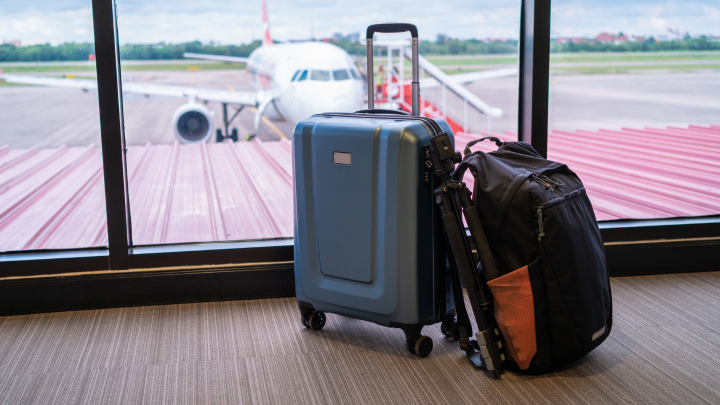 January 11, 2025Planning a Trip? Don’t Forget Travel Insurance
January 11, 2025Planning a Trip? Don’t Forget Travel Insurance -
 November 15, 2024Why High Net Worth Individuals Need Specialized Home Insurance
November 15, 2024Why High Net Worth Individuals Need Specialized Home Insurance -
 December 5, 2024How to Read and Understand Your Insurance Policy Like a Pro
December 5, 2024How to Read and Understand Your Insurance Policy Like a Pro -
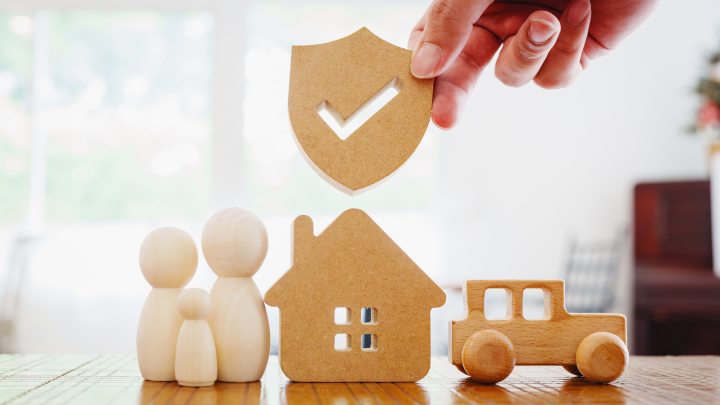 January 2, 2025New Year, New Coverage
January 2, 2025New Year, New Coverage


